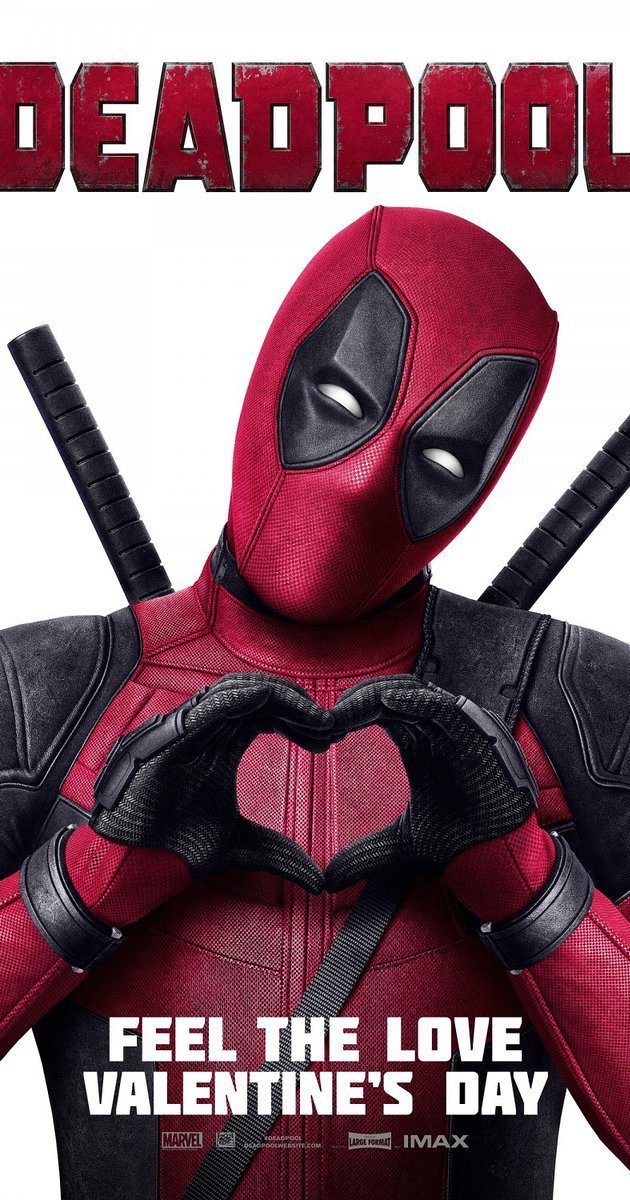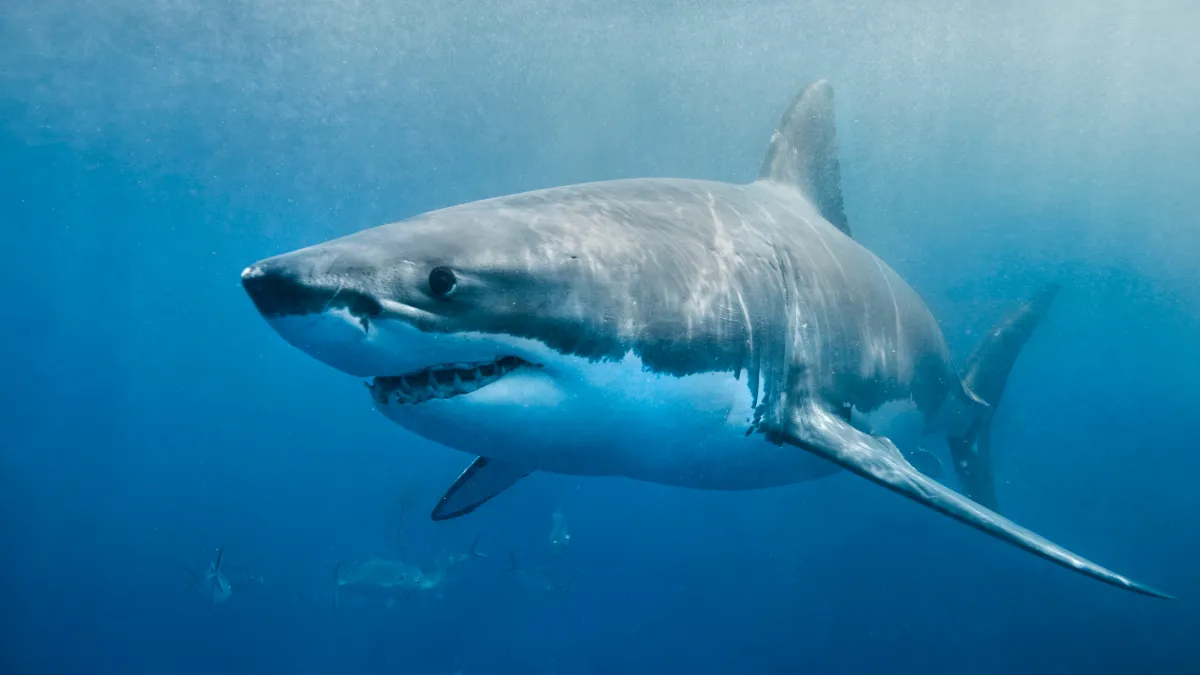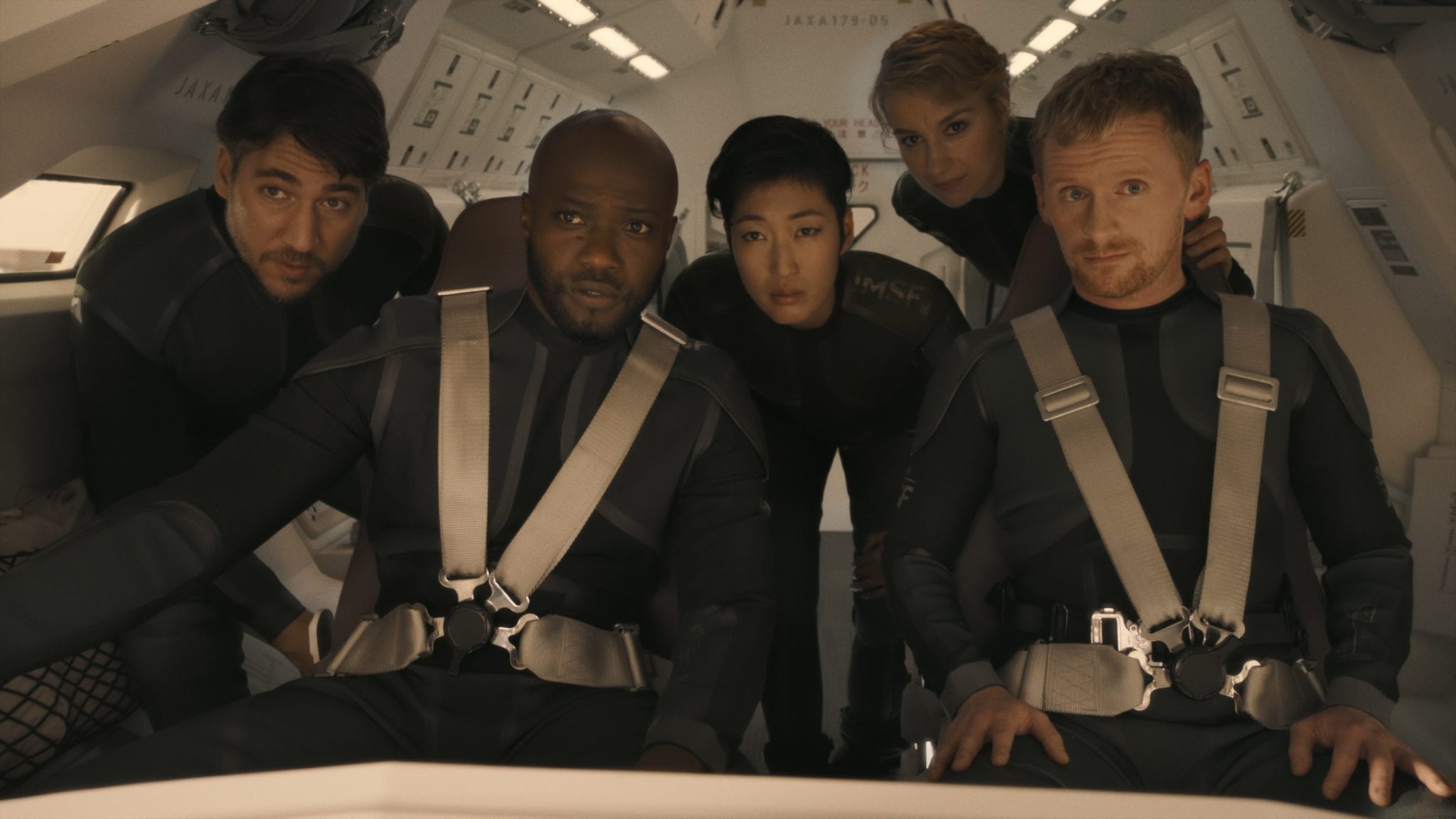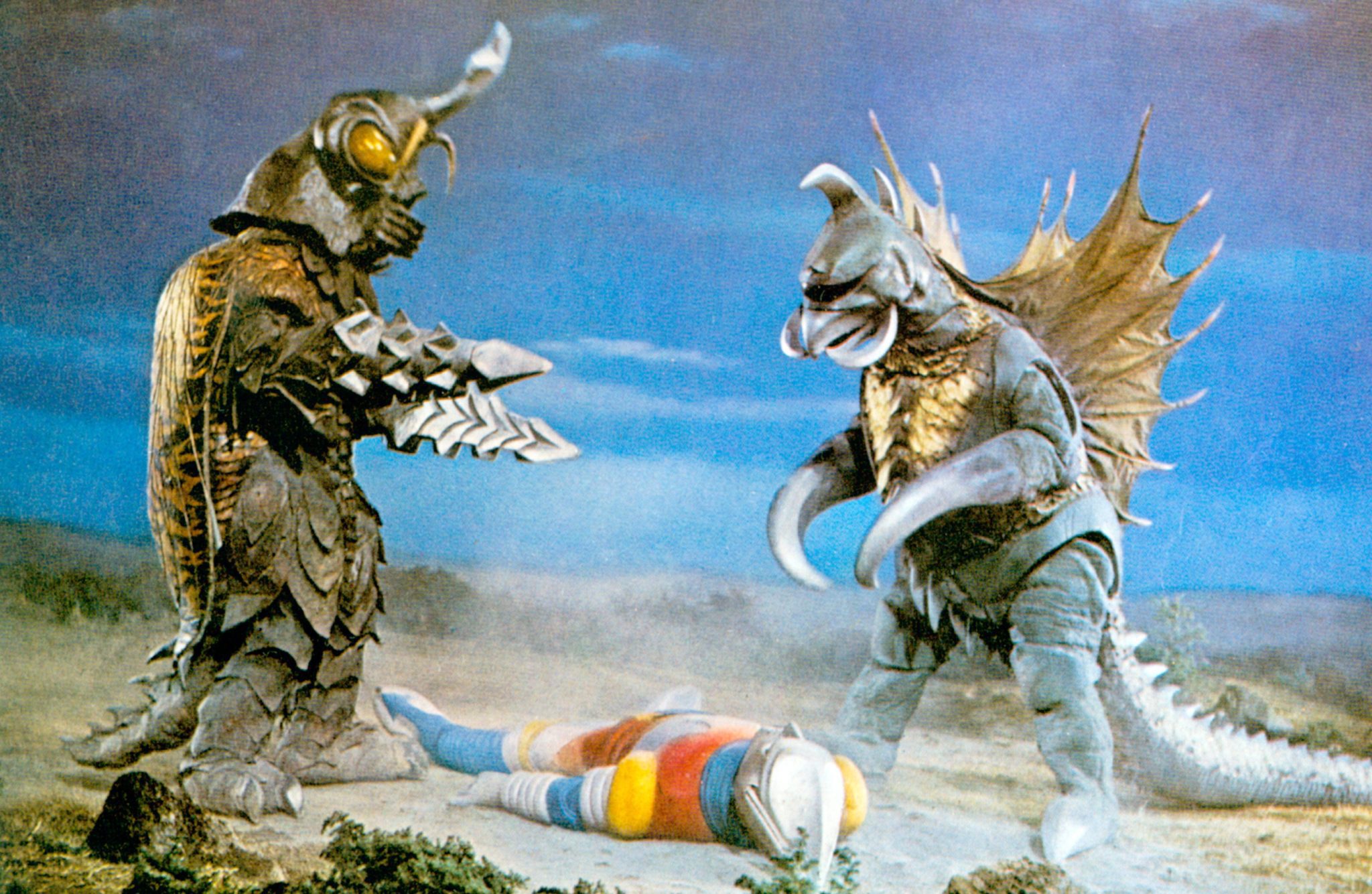
Nuclear testing close to the Aleutians has had a major geological impact on the Pacific region, including on Monster Island.??Also feeling the effects of nuclear testing is the undersea kingdom of Seatopia, which decides to release their god, a giant insect monster Megalon, to punish the surface dwellers for the destruction caused to them.
Inventor Goro Ibuki (Katsuhiko Sasaki) has created Jet Jaguar, an advanced humoid robot. The Seatopians take control of Jet Jaguar and use it to lead Megalon around Japan. Megalon is eventually taken to Tokyo, where he begins destroying the city. Goro manages to regain control of Jet Jaguar and sends him to Monster Island to get Godzilla. In response, the Seatopians contact M Space Hunter Nebula and ask them to send Gigan to help in their battle against the surface people.
Jet Jaguar reaches Monster Island and informs Godzilla about Megalon. Jet Jaguar then flies back to Japan ahead of Godzilla and locates the insect monster. Goro finds he has lost control of Jet Jaguar, who suddenly grows to giant monster size and engages Megalon in combat of his own free will. While Jet Jaguar and Megalon are fighting, Gigan descends from space and joins the fight. Just when it seems like Megalon and Gigan will destroy Jet Jaguar, Godzilla arrives and a tag-team monster battle ensues.
Godzilla vs. Megalon is my pick for weakest Japanese Godzilla film. Its story feels simplistic, the production feels rushed, the film is padded with stock footage, and its giant creatures are some of the most anthropomorphized ever in a Godzilla film. And yet, I still can?t say I dislike the movie, or that it isn?t a fun watch. Godzilla vs. Megalon remains a very enjoyable film despite its issues.
A new Godzilla suit was constructed for this film, reportedly built in only a week. In keeping with his more anthropomorphized character, the design was made a bit cuter than previous Godzilla suits, with big eyes and puffy dorsal fins. It is a far departure from the nightmarish nuclear horror that the character started as in Godzilla (1954), but I have to say I really like this design. This suit would also be used in Toho?s superhero television show Zone Fighter (1973) during Godzilla?s guest appearances in the show. The next two Godzilla films, Godzilla vs. Mechagodzilla (1974) and Terror of Mechagodzilla (1975), would also feature this Godzilla suit, albeit with some alterations that make him look less cute.
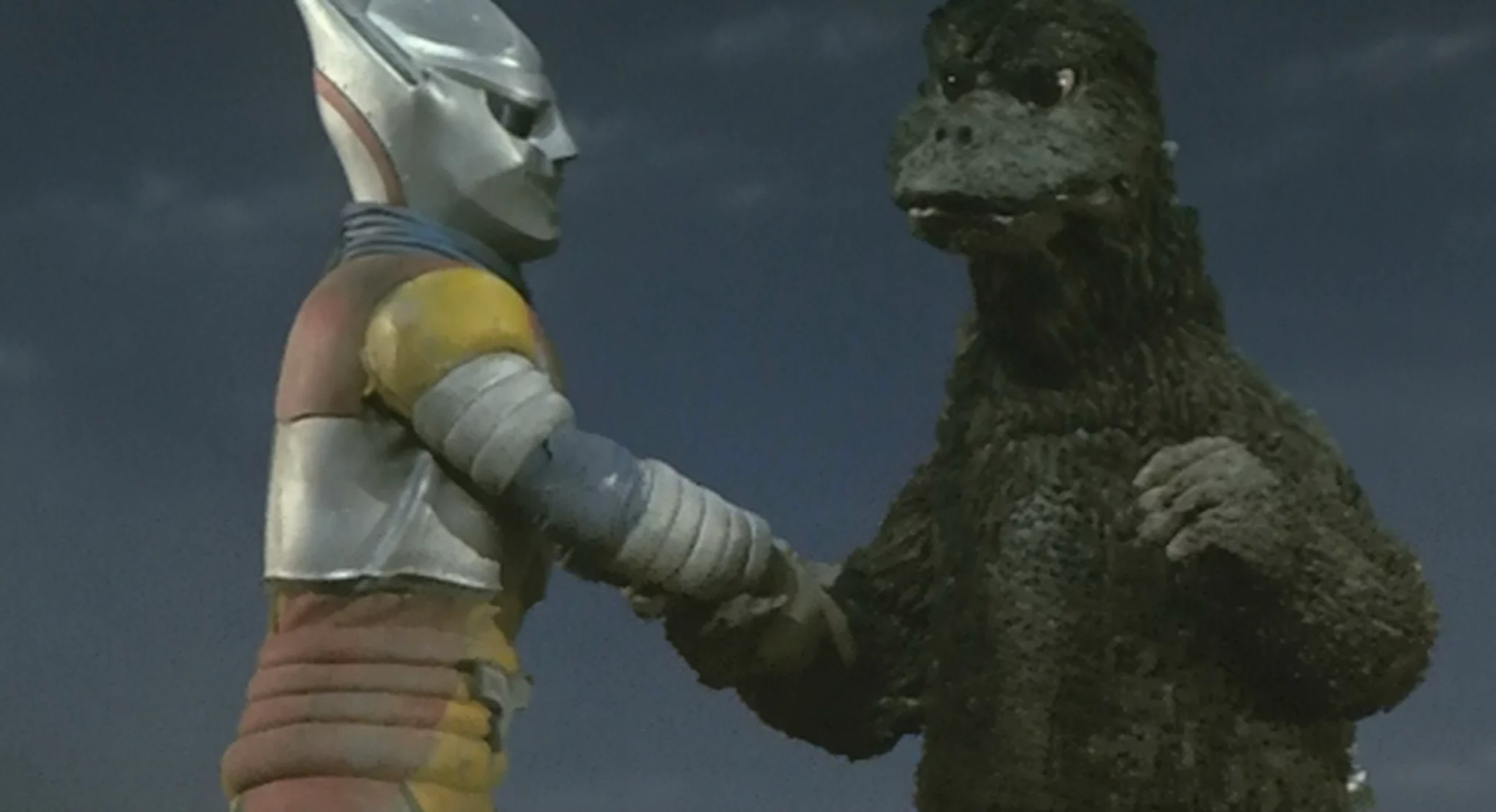
Like Hedorah and Gigan before him, Megalon is among the more outlandish foes Godzilla has faced. Despite being a giant beetle-like insect, it only has four limbs, and its arms end in drill bits that rotate in a physics-defying way to allow the monster to rapidly burrow underground. Still, Megalon can look very impressive when shot from the correct angle, and the way he is able to hide underground and spring out on his enemies is a fun battle tactic that is well executed by the special effects crew.
But it is Jet Jaguar, the size-shifting artifically intelligent robot with a grill-grin across his face, who is the real star of the movie.??Not only does he have his own theme song, but Jet Jaguar is at the heart of the plot, first being hijacked by the Seatopians to lead Megalon on its rampage of destruction across Japan, and then being taken back under the control of his inventor to get Godzilla.??In the final act of the film, Jet Jaguar suddenly becomes artificially intelligent, choosing on his own to grow to giant monster size and go into battle against Megalon while Godzilla is still making his way to Japan.??Despite the lack of logic behind Jet Jaguar?s actions and abilities in the film, the character has proved enduring, appearing in video games, toy releases, and the anime series?Godzilla Singular Point?(2021).
Though it is mostly light entertainment, Godzilla vs. Megalon is clearly attempting to say something about the negative effects of nuclear testing. The nuclear testing in the film creates geologic disruption across the Pacific region, causing earthquakes on Monster Island and in Japan. It also impacts Seatopia, with Seatopian Emperor Antonio (Robert Dunham) saying that a whole sector of the undersea continent was destroyed. Unfortunately any attempt to criticize nuclear testing is somewhat undermined by the fact that Godzilla, a creature that is also the result of nuclear testing, thwart?s Seatopia?s retaliation against the surface people. Also, Seatopia strangely chooses to attack Japan instead of the nations which actually conducted nuclear testing in the Pacific, like the United States or France.
Godzilla vs. Megalon was released in Japanese theatres on March 17, 1973. Toho had the film dubbed into English in Hong Kong and Cinema Shares released Godzilla vs. Megalon theatrically in North America in 1976. A few edits were made to the film for its North American release, though seemingly after the initial theatrical release but while it was still showing. Godzilla vs. Megalon was everywhere on home video during the VHS era, though only in edited down dubbed versions rather than uncut.
Godzilla vs. Megalon did not see an official DVD or Blu-ray release in North America until Media Blasters released the original Japanese version of the film in both formats through their Tokyo Shock division, same as Destroy All Monsters(1968). This 2014 release also had Toho?s English dub as an audio option. Also like the aforementioned Destroy All Monsters release, some copies of the film ended up on the market with extra content that had not been approved by Toho. This release is now out of print. The original Japanese version of Godzilla vs. Megalon, with Toho?s English dub as an alternate audio option, is currently available as part of The Criterion Collection?s Godzilla: The Showa-Era Films, 1954-1975 Blu-ray set.

